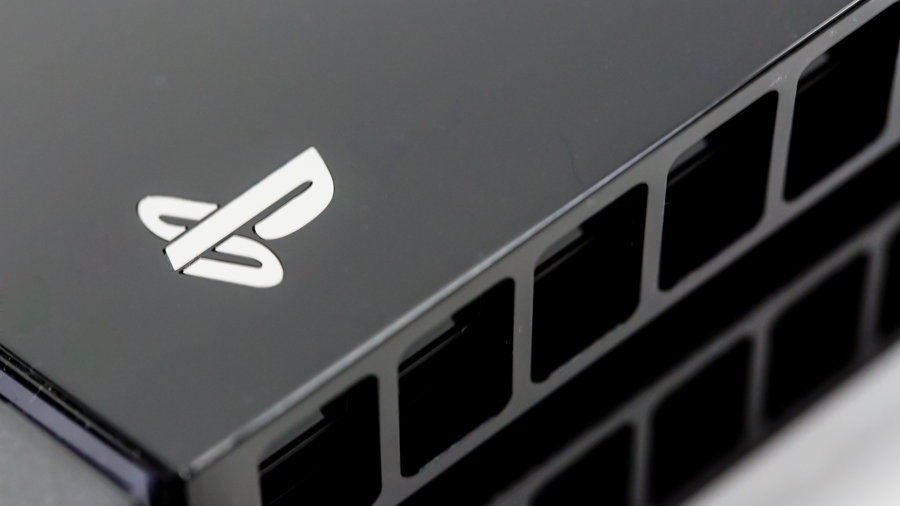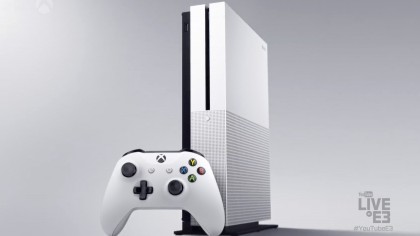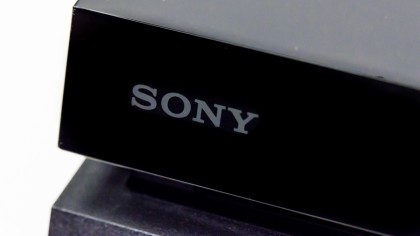Sony and Microsoft's 4K consoles are more of an afterthought than a revolution
Maybe the PS4 should have come with 4K to begin with?

Over the years, console generations have proved an intriguing mirror for all the advances being made in other more malleable areas of technology. 3D rendering? Got that. Portable memory devices? Already done. DVD compatible? Of course. HD ready? Did you even need to ask?
Despite ultimately growing old in every new cycle, those closed box components are squeezed for every last drop of performance chug and visual fidelity as developers try desperately to provide something that still feels fresh and exciting.
It's a state of insatiable hunger for relevance that leaves most console architects and regular gamer folk clamouring for the next big thing - the hook that will become the new buzzword of the day.

For years high definition became the must-tick box of the generation. The great leap from the standard definition of the sixth gen to the glorious promised land of the seventh. Paradise seemingly lay ahead, as long we forked out on a new TV and threw our old mate the SCART lead out in favour of HDMI. But HD felt relevant, a genuine transition that effectively deemed standard TVs archaic and antiquated.
Late to the party
Now we have 4K, seemingly out of nowhere to those who love their console games and pay little attention to the world of PC gaming or the pixel-obsessed world of TV displays. You see, beyond the world of closed box gaming machines 4K has been making headlines and promising the world for years, and it feels like Sony and Microsoft - the two most relevant hardware giants of the scene - have taken to this potential new realm with shuffling feet and slow progress.

So why have the creators of the ever warring PlayStation and Xbox brands arrived so late to the 4K party? Well for a start the GPU and processors for both consoles were chosen towards the end of the noughties, long before 4K and HDR was even a consideration and considering how these specs form the very foundation of its development, you can hardly blame either Sony or Microsoft for choosing to pass on an as yet unproven resolution upgrade.
HDR you ready?
Question is, now that 4K is part of the plan, is it really that important and should you be as excited as the PC and TV crowds? Well, with all those extra pixels - and the ability to offer a deeper and broader palette of colours and shades via HDR - those games built with 4K in mind will look crisp and extra beautiful, but we're nowhere near the hardware needed to make such a resolution run on a closed box device. Running a UHD Blu-ray at 4K is one thing, but rendering an entire current-gen game in 4K is a completely different realm of technological requirement.
Sign up for breaking news, reviews, opinion, top tech deals, and more.
Such graphical output requires a seriously powerful GPU, and that doesn't just mean a switch over to a slimmer, tweaked version of your current console, but an entirely new one that could well bring on the next generation midway through the cycle of the current one. But those consoles seem so far off (remember Microsoft could only talk about it in vague terms at E3 2016 while Sony didn't even mention it), that 4K hardly seems a worthy consideration at this stage.
Even the pontificating Microsoft made about Gears of War 4 and Forza Horizon 3 offering HDR-powered features doesn't mean all that much when you consider the Xbox One S will be upscaling from 1080p to 4K. If we've learned anything from the debacle that surrounded Xbox One in its first 18 months at the upscaling from 720p to 1080p it's that anything other than native resolution is a cop out that won't fool anyone into adopting a future that isn't quite here yet.